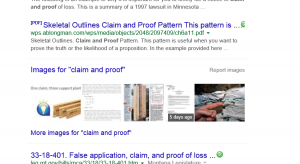The Gray Hairbnb?
When I was a stupid twenty something (as opposed to a stupid 50 something) I had to wipe my friend Andy’s ass. He had been stricken by some debilitating muscle disease – his family wasn’t in the city hospital at the time – and I was visiting. This was pre kids so I’d never wiped a foreign ass before. Andy, who had always been nice to me, though a marginal buddy, in his high-pitched, muscle depleted voice asked for my help and I complied. No problem. As if he was asking me to pass milk. What’s an ass wiping among friends?
My latest idea for life in my 80s and 90s is to create a group home of friends, all of whom are willing to wipe one another’s asses. Giggle not! If you are willing to wipe, you are definitely willing to help a pal into the shower, soap a nether region, and do all the other things it takes to live independent. Nurses do, what’s the big deal?
The notion of putting a number of seniors friends together to share a home, resources, living tasks and chores makes sense to me. I’m not sure it’s something that has been done before. One person may still be able to drive, another a great cook, one the “super mother,” another a fixer/tradesman. Of course there will be personalities that clash. Crankiness that old age begets. And refrigerator bandits. So there will have to be rules, lots of TVs and a mediator. But if the idea works, it may be a wonderful way for lifelong friends to be self-sufficient and perhaps even thrive for another 10 years. The next Gray Hair BNB?
Peace.

